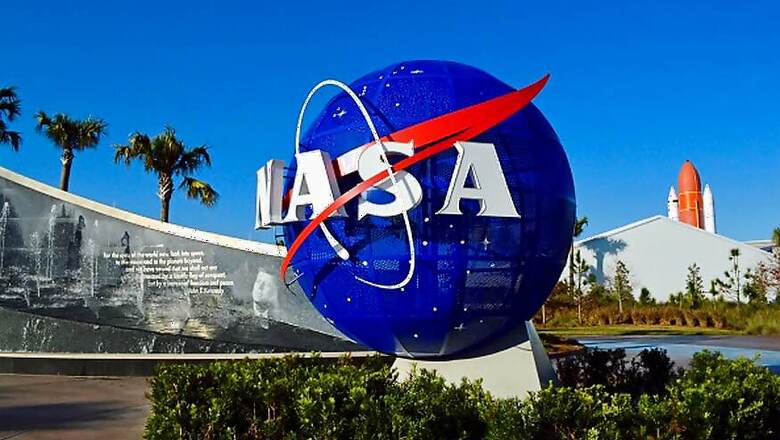
views
NASA's Focusing Optics X-ray Solar Imager, or FOXSI -- a sounding rocket mission -- is soon set to stare directly at the Sun and search for nanoflares -- miniature explosions invisible to the naked eye -- using its X-ray vision, the US space agency said. The FOXSI mission will take its third flight from the White Sands Missile Range in White Sands, New Mexico, no earlier than September 7, the agency said in a statement.
Derived from the nautical term "to sound", meaning to measure, FOXSI rockets make brief 15-minute journeys above the Earth's atmosphere for a peek at space before falling back to the ground. FOXSI will travel 190 miles up, above the shield of Earth's atmosphere, to view the sun.
"FOXSI is the first instrument built specially to image high-energy X-rays from the Sun by directly focusing them," said Lindsay Glesener, space physicist at the University of Minnesota in Minneapolis and principal investigator for the mission. "Other instruments have done this for other astronomical objects but FOXSI is so far the only instrument to optimise especially for the Sun," Glesener added.
Nanoflares -- small but intense eruptions -- are born when magnetic field lines in the Sun's atmosphere tangle up and stretch until they break like a rubber band. The energy they release accelerates particles to near light speed and according to some scientists, heats the solar atmosphere to its searing million-degree Fahrenheit temperature.
All of this happens in colours of light so extreme that the human eye cannot see them, the scientists explained. To focus the X-rays, the FOXSI team used extremely hard, smooth surfaces tilted to a small angle (less than half a degree) that would gently corral incoming X-ray light to a point of focus. The third mission also includes a new telescope designed for imaging lower-energy, so-called soft X-rays as well.
"Including the soft X-ray telescope gives us more precise temperatures" allowing the team to spot nanoflare signatures that would be missed with the hard X-ray telescopes alone, said Glesener. In addition, several other performance improvements have been made to produce more accurate, higher resolution images. FOXSI rockets are smaller, cheaper and faster to develop than large-scale satellite missions, sounding rockets which offer a way for scientists to test their latest ideas and instruments and achieve rapid results.
The first FOXSI flight was in 2012, during which it successfully viewed a small solar flare in progress, and its second in 2014, when it detected the best evidence at the time of X-ray emission from nanoflares.




















Comments
0 comment